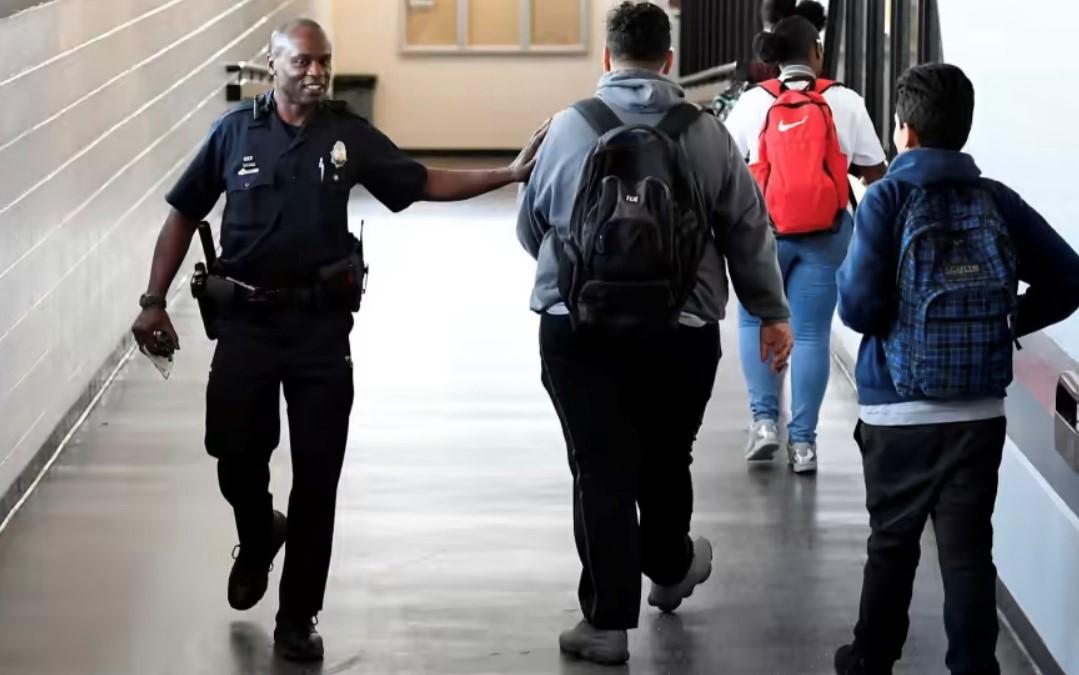Many California residents have been suffering from doctor shortages that cause long wait times to see a physician. Dr. Henry Chien, a family practice and internal medicine physician in Shafter, California, told The Epoch Times what he believes are the reasons behind the shortage.
He described what it is like being a primary care doctor: “It’s long hours, and the pay sucks.”




